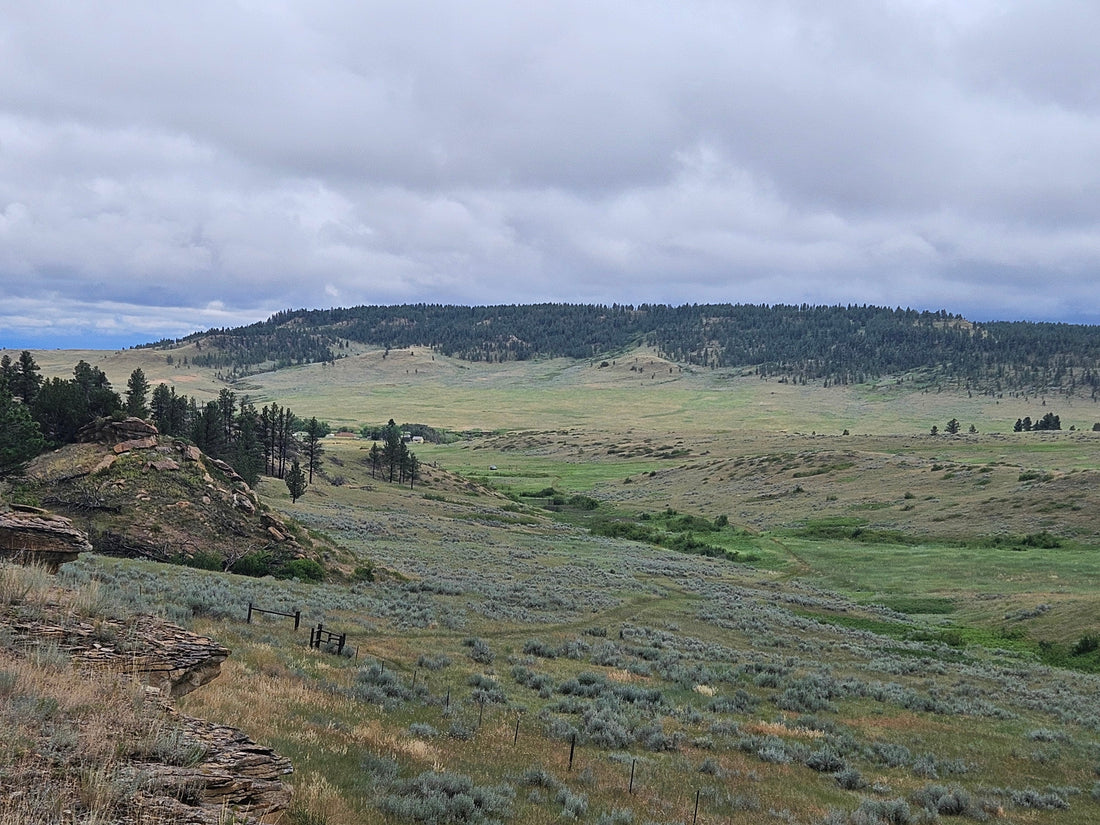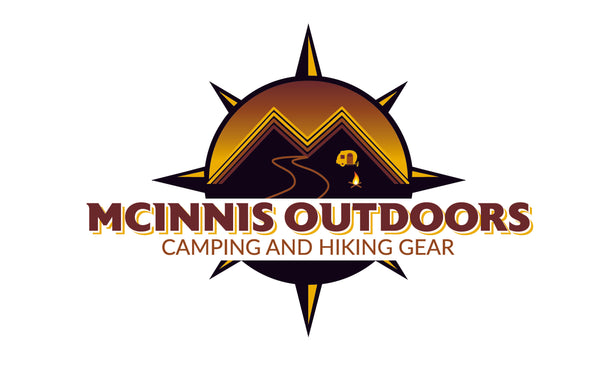
Rosebud Battlefield State Park, Montana
Share
“Where the sister saved her brother.”
I had the honor of visiting this park with the granddaughter of Elmer E. “Slim” Kobold, the man who homesteaded this property just 35 years after the battle. My friend Denise and I drove out to the park on a cool July afternoon. We drove through the Northern Cheyenne Reservation from Broadus, Montana on our way to the park. It is a beautiful drive through lush land crossing the Tongue River and passing through the Wolf Mountains. At one point while topping the pass fog enveloped us for a moment only to clear as we descended into a green forest.
When we arrived at the park, from the highway, you turn and drive via easement through a property still owned by the family of a neighbor of her grandfather. While there is a large sign on the highway, if you didn’t know the park was there, it appears that you are driving to someone’s home. Just go slow and keep driving, the ranch house and the park is just around the bend.
At the entrance to the park there is a map and brochures telling the history of the Rosebud Battle. As a brief overview, General George Crook was marching north toward Little Bighorn with the largest column of soldiers (numbering over 1,000 men). It was in here, they were attacked by the Northern Cheyenne and Lakota and various others from nearby tribes in this valley. The battle lasted just over 6 hours, but it was fierce enough to make General Crook turn back and return to Sheridan instead of continuing to unite with General Custer and the other generals. This battle took the lives of 9 union soldiers and wounded 21, which according to military records was a lot in a battle with Native Americans, but it also severely depleted their ammunition and other resources. I can find no written record of how many Native Americans were lost in the battle, but these brave warriors joined their allies at Little Bighorn a week later, so they too were not severely wounded.
Just past the first map you see the monument Mr. Kobold had erected to mark the battle along with several markers with additional information about the land and the battle. Instead of having to read the stories, I had my own tour of the property from someone who grew up running around, digging for artifacts and enjoying life on the land before there were park rules.
The park service keeps a mowed hiking trail up to the buffalo jump, so we walked the mile or so up to the point where Mr. Kobold and his family staked their claim to the land by carving their initials into the sandstone near the pictograph medicine turtle that preceded their marks. No, I am not family, and the park is State owned now, so while I saw my friend’s “DJ” from when she was 7, I did not add any marking to the buffalo jump. If you visit, please don’t add or cover up the family names. We also walked down the jump to find Mr. Kobold’s name – SLIM K 1911. Yes, he lived and made his mark that will now go down in history, evidence of the homesteader cowboy who made a difference in this valley.
From the top of the jump, Denise told me that one time when she brought her kids to see the place, there was a Northern Cheyenne gentleman up where we were standing. He was playing a drum and chanting honoring the battle and the Cheyenne warriors. He told her how much he appreciated her grandparents and their desire to honor the land and the people who lived and fought here. Mr. Kobold was a good steward of the land, preserving and honoring all those who lived, fought and died here. Denise told me, her grandfather respected the tribe and protecting their legacy was one of the reasons he fought so hard to have this land turned into a State Park.
As we looked from the buffalo jump onto the actual battlefield, Denise shared an extraordinary story from the battle. During the course of the battle, a Cheyenne warrior named Comes-In-Sight had his horse shot out from under him. He was surrounded by soldiers and was sure to be killed, but his sister, Buffalo Calf Road Woman, was also at the battle. She saw what happened and jumped on her own horse and raced across the field pulled her brother up on the back of her horse and they escaped to a safe place. To this day the Northern Cheyenne call this fight “Where the sister saved her brother.” From what I have read about Buffalo Calf Road Woman, she also road next to her husband a week later at the Battle of Little Bighorn, but she is forever honored as a hero of this battle.
As Denise and I drove around the rest of the park, we took another look at her grandfather’s house. The park administrator lives there now, so we were not able to go to it, but she pointed out the outbuildings and even the old double seater outhouse still standing at the back of the house. The family is hoping one day that the park service will make the house a museum highlighting those brave men and women who homesteaded the great State of Montana as well as to house the artifacts found on the battlefield and honor those who fought on both sides of this battle.
I highly recommend packing a lunch or dinner and making the drive to this park, if you are visiting Little Bighorn. It is the other half of the story. You will not be disappointed.
Thank you, Denise Johnson Smith for sharing the memories of your grandparents, your time here and of the battle. It made history come to life in a very real way.
